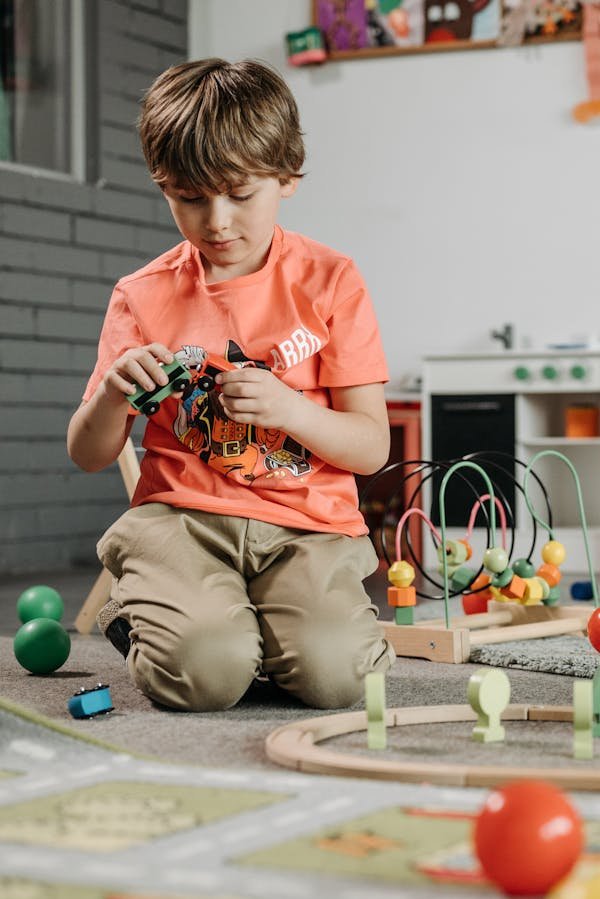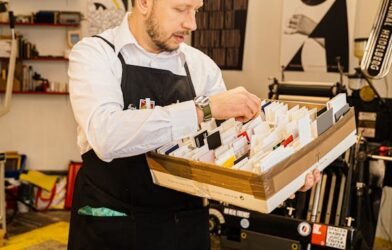|
Getting your Trinity Audio player ready...
|
Introduction: The Problems of the Modern Parent
Imagine your child growing up in a world where jobs we cannot even envision today rule the workforce, artificial intelligence writes novels, and self-driving cars are the standard.
Parents, how can we equip our children to flourish in this fast-changing environment rather than only survive? Now enter Chelsea Acton, a parenting guru whose techniques are generating buzz for one very clear reason: they are meant to inspire future inventors.
We will dissect Chelsea Acton’s parenting approach in this blog, combine it with ideas from elite US colleges like Stanford and MIT, and provide you with practical tips to produce inquisitive, tenacious, and imaginative problem-solvers.
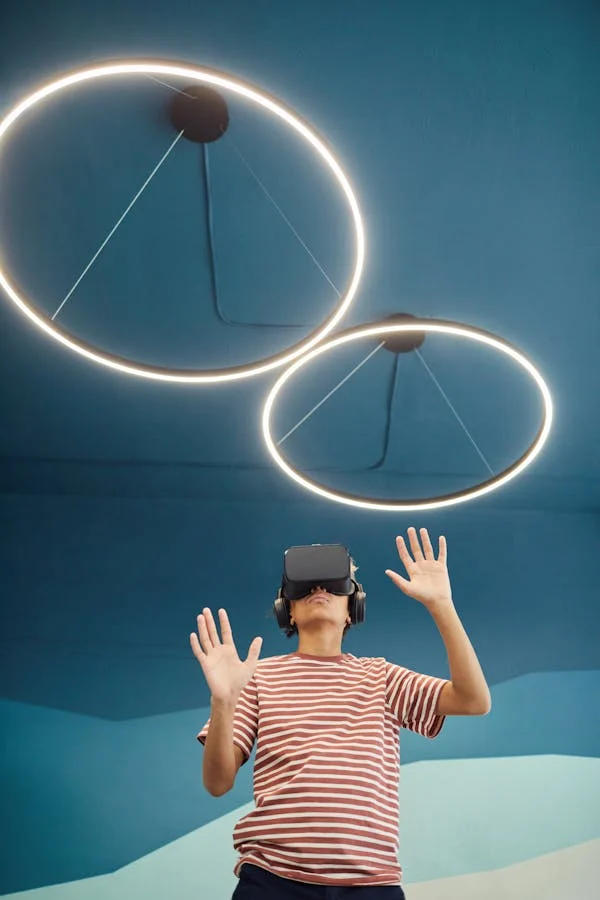
Who is Chelsea Acton
Chelsea Acton is not your usual guru on parenting. Having a background in child psychology and education reform, she has spent more than ten years researching how kids acquire the creative ability required.
Parents who want their children to lead, not follow, turn to her because her approach combines academic rigor with real-world practicality.
Important Credentials
- Consultant to educational startups.
- Originally published in Parenting Magazine and The New York Times.
- Work with the d.school (Hasso Plattner Institute of Design) at Stanford.
Why More Than Ever Raising Innovators Matters
According to the World Economic Forum, 65% of kids starting primary education now will find employment in fields not yet exist. Innovation is about adaptation, critical thinking, and creative problem-solving, not only about designing devices. Chelsea Acton’s strategies fit what top colleges value for this reason.
- Mantra of Stanford: “Fail fast, fail often.”
- MIT’s method is hands-on learning under “Mind and Hand.”
- The focus of Harvard is multidisciplinary thinking to address world problems.
Parenting Style: Six Core Ideas by Chelsea Acton
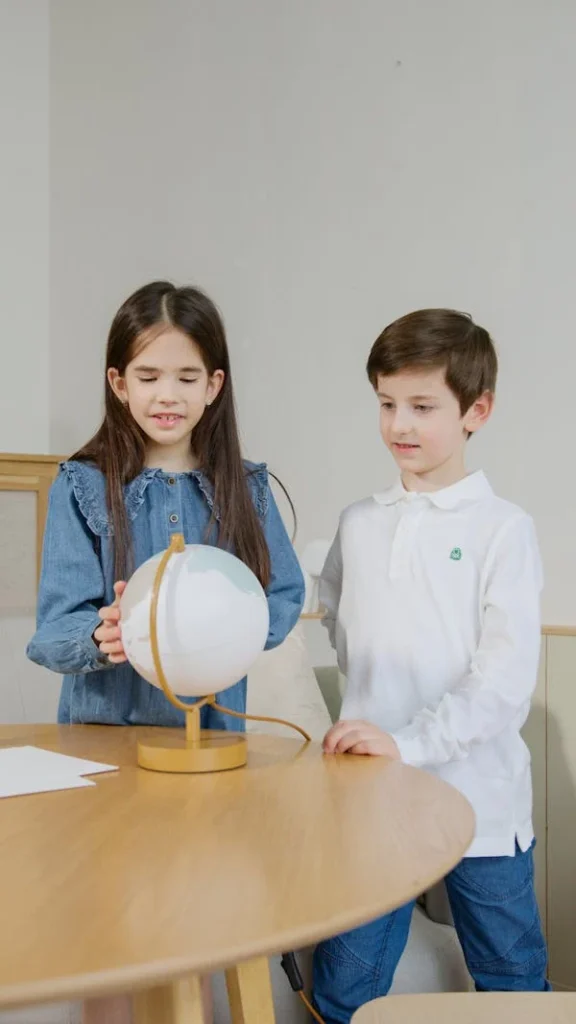
1. Encourage Unquestionable Inquiry
The spark of invention is curiosity. Chelsea stresses helping a child to develop their natural “why”? phase into a lifetime habit.
How to Perform It:
Ask Open-Ended Questions: Put “What surprised you today” in place of “How was school?”Arrange magnets, art supplies, or do-it-yourself science kits in a “Curiosity Corner.”
Model Interest: Share with you your own questions. “How do clouds stay up?” I wonder. Let me search it for you.
Pro Tip: Inspired by MIT’s “Edgerton Center,” where children explore robotics and 3D printing.
2. Promote critical thinking—that which goes beyond simply right answers
Chelsea contends that rather than analysis, today’s children are rewarded for memorizing. Turn the emphasis from what they know to their perspective.
Action Items:
Conduct “What If?” play. Games: “What if cars could fly? For what guidelines would we need?
Have family discussions about things like “Should homework exist?”
Let them weigh benefits and drawbacks as they decide between two weekend pursuits.
Harvard’s “Project Zero” teaches “See-Think-Wonder” among other thinking patterns.
3. Accept mistakes as a teaching tool
Data, not failure, is the enemy. The motto of Chelsea is “Fall forward.”
Strategies
Tell Your Mistakes: Describe a failed work project and discuss what you discovered.
Celebrate “Epic Fails”: Give a ridiculous trophy for the most imaginative error.
Reword Setbacks: “Your rocket did not launch? Let’s discover why!
Stanford Inspiration: Their “Failure Friday” invites students to freely admit mistakes.
4. Structure in Balance with Creative Release
Too few rules cause anarchy; too many limit imagination. The “Flexible Framework” Chelsea created combines both.
Ideas:
Children explore passion projects (coding, painting, etc.) one to two hours a week.
Limit Screen Time, But… for creative tech play, use apps like Scratch or Tinkercad.
Routine with a Twist: Have set mornings but let afternoons free for discovery.
5. Promote cooperation rather than only competitiveness
Teams are where innovation really blossoms. Chelsea promotes early on group problem-solving.
Ideas:
Family Brainstorm Sessions: Work through a house problem (such as “How can we reduce trash?”).
Pandemic and other board games based on teams call for group strategy.
Join Maker Communities: Look for local STEM clubs or web sites like DIY.org.
MIT Example: Their “Maker Portfolio” honors group efforts in admissions.
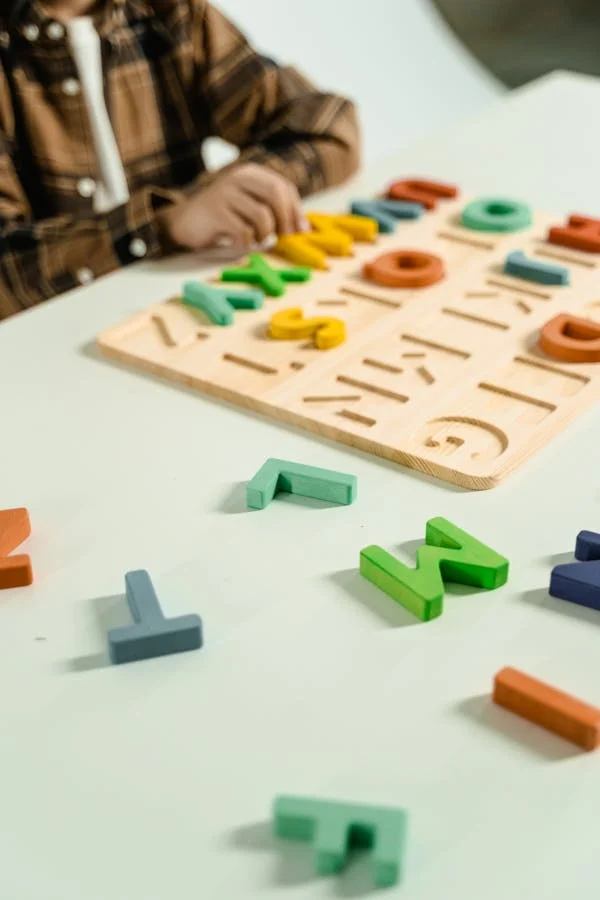
6. Treat Technology as a Tool rather than a babysitter.
Chelsea uses intentional technology; she is not anti-tech.
Smart technology habits:
Cooperative Play New Games and Apps: Talk with them. “How did you knock that level?”
Use the “3 Cs” to make sure your tech use is Creative (like animation apps), Constructive (learning coding), or Connective (video chats with grandparents).
Dinner tables and bedrooms fall into tech-free zones.
Design Thinking Lessons from Top US Universities: Stanford Help children to prototype ideas—even with Legos!
Harvard’s “Growth Mindset” holds that effort counts more than natural ability. “You put quite effort on that!”
Turn baking into chemistry lessons (“Why do cakes rise?” MIT’s hands-on learning program asks).
Five Typical Mistakes to Avoid Overscheduling: Give yourself time for boredom; it stimulates imagination.
Focusing just on grades: Many innovators suffered in conventional education (see: Einstein).
Rescuing Too Quickly: Allow them to negotiate little problems.
Ignoring Passions: If they love dinosaurs, delve deeply—even if it’s “not useful.”
Lego is engineering 101, not only a toy.
Success Story
Liam, ten years old, spent weeks building a robot for his school’s science fair in a quiet Austin, Texas suburb. Maria, his single mother, worked two shifts as a nurse, but every night she would sit with him at their kitchen table sorting screws and writing wire diagrams.
Dreaming simply, Liam wanted his robot, “Buddy,” to wave across the stage. Buddy sputtered, tipped over, and froze, though, on the big day. liam’s face dropped. He said softly, “I’m a failure.”
Maria knelt next to Chelsea Acton, remembering his counsel on reframing failure. “Let’s see what data we acquired,” she said. They laughed at Buddy’s dramatic fall ( “Epic Fail Trophy material!”) and diagnosed a loose battery wire together. They rebuilt Buddy that weekend, adding googly eyes and a ridiculous dance move “to surprise the judges next year.”
Maria lost her job during the epidemic several months later. Stress permeated their apartment, and money was limited. Liam dragged a cardboard box one evening. “Let’s build a robot together,” he said.
Their creation, “Buddy 2.0,” which couldn’t walk but could light up and play Maria’s preferred song, was made from old phone parts and duct tape. Online, they uploaded a video including local makerspaces.
The video shot went viral. Maria was hired as a telehealth coordinator while a tech nonprofit sent Liam a robotics kit. Buddy 2.0 came second in the next science fair. Liam, though, had no interest in the ribbon. He said to the judges, “We corrected him.” And currently, he is our friend.
Maria put Liam to sleep that evening. “You know why I’m proud?” she asked. You did not create only a robot. You established bravery.
At sixteen, Liam is right now. He still keeps Buddy 2.0 on his desk and mentors children at the coding club housed at the library.
Maria frequently considers the words of Chelsea Acton: Innovation is not about perfection. It’s about showing up, despite a shaky world.
FAQs: Your Concerns, Answered
1.If my child is already a teen, can I still begin encouraging creativity?
Sure! Teens yearn for control. Invite them to spearhead initiatives like creating a community garden or a YouTube channel.
2. How should I deal with institutions that give tests above creativity top priority?
Promote project-based learning. Share with teachers MIT’s studies on practical learning.
3. Should I find myself unable to afford costly STEM kits?
Constraints are exactly what inspire innovation. Use everyday objects: create towers out of spaghetti or turn baking into a chemistry project.
4. Failure makes my child miserable. How can I help them to welcome it?
Accept errors as normal. Say, “Thomas Edison tried 1,000 times before the bulb. Your next attempt?
5. How can I juggle creativity with screen time?
Track Chelsea’s “3 Cs”: Make sure tech is either Constructive (coding), Creative (animation apps), or Connective (video conferences).
6. How might working parents schedule time for this?
Include daily activities with learning in mind. Make grocery visits into math contests (“How much does 5 kg of apples cost?”).
7. What if, like dinosaurs, my child’s interests seem unworkable?
Passionate interests open doors to inquiry. A dinosaur enthusiast might pick up biology, geology, or even computer-generated imagery!
8. Given our small family size, how should I teach cooperation?
Join communities online. Sites like DIY.org let children share ideas with others around the world.
9. If this is working, how can I find out?
Look for little victories: a fresh question they ask, a problem they solve, or the pride in their eyes upon error correction.

Final Thoughts: The world needs the spark of your child
Every young child has a spark of interest. When homework seems tiresome, it might flutter; when failure stings, it dims; and when they at last solve a problem their way, it burns brilliantly.
The parenting approach of Chelsea Acton is more about tending to that spark until it becomes a flame lighting the planet than about raising geniuses
Start tonight. “What’s one thing you’d love to invent?” you ask your child. pay attention. Dream with them.
Keep bold. When uncertainty surfaces, keep in mind Maria and Liam. Innovation is developed in the trying; it is not built in a day.
Your child will help define the future; it is not just coming. Allow us to raise them prepared.






